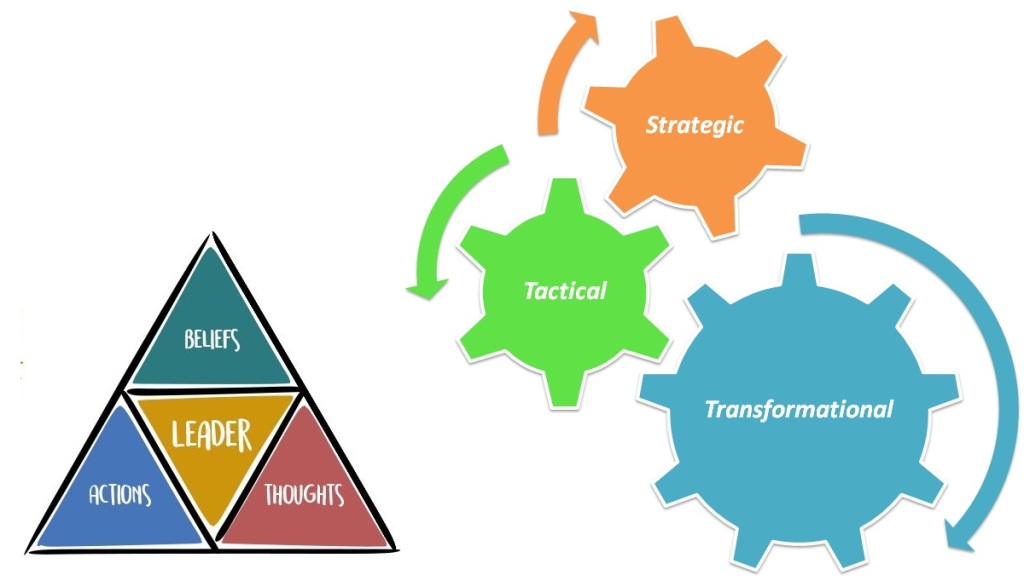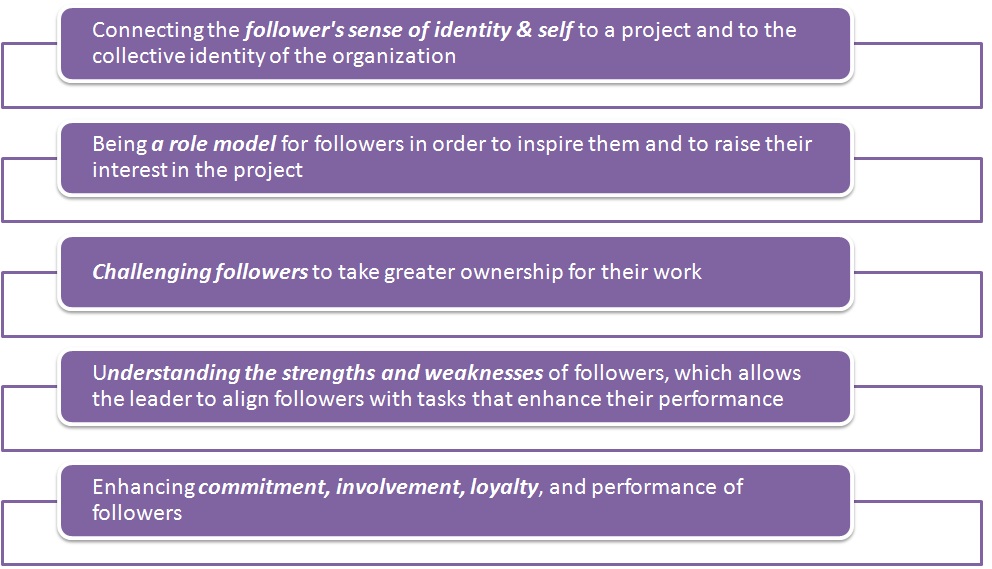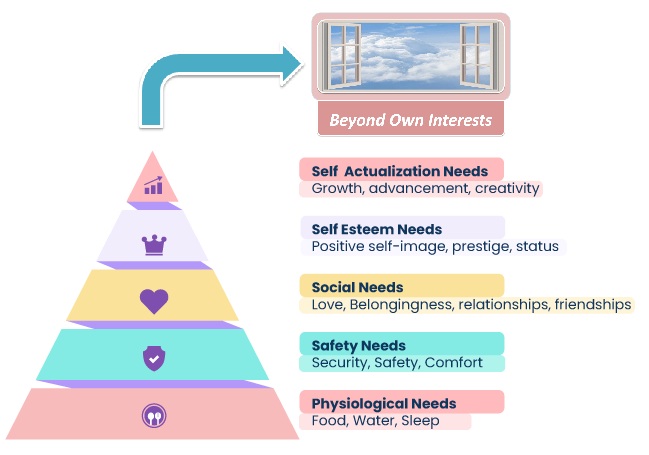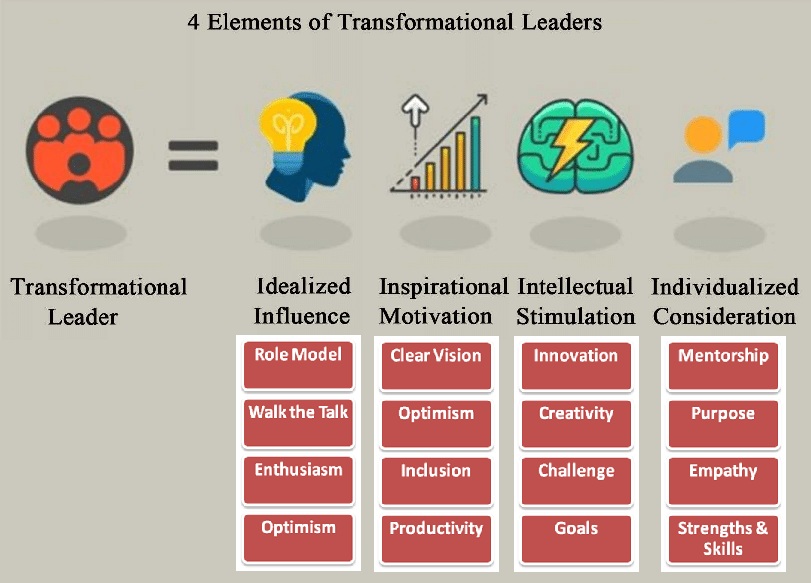
***Continued from Chapter 01 (Covered previously: Meaning and Origins, Components of Transformational Leadership, Characteristics)
Link to Chapter 01:
Traits Common In Successful Transformational Leaders

Moving towards becoming a Transformational Leader

Creating an Inspiring Vision:- . . . People need a compelling reason to follow, and this is why we need to create and communicate an inspiring vision of the future. The vision sets out the team or organization’s purpose – why we all get up in the morning to do what we do. We develop this partly by understanding the values of the people we lead, partly by understanding the capabilities and resources of the organization, and partly by conducting an intelligent analysis of the environment, and selecting the best way forward within it.
Motivating People to Buy Into and Deliver the Vision:- . . . Now, starting with the mission statement, we need to appeal to our people’s values, and inspire them with where we are going to lead them, and why. Talking about the vision often helps. Linking it to people’s goals and tasks to give it context, and helping people see how they can contribute to it goes a long way. Transformational leaders also know that nothing significant happens unless they encourage and motivate their people.
Managing Delivery of the Vision:- . . . A vision is no use on its own: it needs to become reality. However, many leaders make the mistake of developing a vision, but of not putting in the hard and often mundane work of delivering it. To manage the delivery of the vision, we will need to combine effective project management with sensitive change management . This will help deliver the changes we need with the full support of our people. Communicate each person’s roles and responsibilities clearly, and connect these to our plans. Everyone should fully understand what they are responsible for, and know how we will measure their success. Next would be to set clear goals for everyone, including some short-term goals that will help people achieve quick wins and stay motivated.
Building Ever-Stronger, Trust-Based Relationships With People:- . . .As a transformational leader, we need to focus our attention on our people, and work hard to help them achieve their goals and dreams. It also underlines the fact that leadership is a long-term process, and that, as a leader, we need to work constantly to build relationships, earn trust, and help people grow as individuals. Meeting people individually to understand their developmental needs, and helping them to meet their career goals is a way to begin. What do they want to achieve in their role? Where do they see themselves five years from now? How can we help them reach this goal?
Lastly, setting aside time to mentor/ coach people is important. When we help them find their own solutions, we not only create a skilled team, but we also strengthen their self-confidence and their trust in us.
Transformational leadership vs. transactional leadership
Transactional leadership is based on a system of exchanges between the leader and each follower. Followers receive positive reinforcement for meeting specific goals. An effective transactional leader is adept at recognizing and rewarding accomplishments in a timely manner. Within this leadership style, team members are typically evaluated and given feedback based on predetermined performance criteria. Workers are not necessarily expected to think innovatively about the tasks at hand.

In contrast, transformational leaders inspire followers in ways that go beyond exchanges and rewards. This approach can increase a team’s intrinsic motivation by expressing the value and purpose behind the organization’s goals. A transformational leadership style inspires followers to strive beyond required expectations to work toward a shared vision, whereas transactional leadership focuses more on extrinsic motivation for the performance of specific job tasks. Learning to balance these styles can help leaders reach their full potential.
Instances of Transformational Leaders

Emotional Intelligence and Transformational Leaders
Research over the recent years has shown that Emotional Intelligence, which is measured by a person’s ability to monitor and manage emotions within one’s self and in others, may be an underlying competency of Transformational Leadership.
Transformational Leadership is defined as “that activity which stimulates purposeful activity in others by changing the way they look at the world around them and relate to one another. It affects people’s personal beliefs by touching their hearts and minds”. It was found found that the two underlying competencies of effective leadership are the ability to monitor emotions in oneself and in others. It was found that Emotional Intelligence correlated highly with all the components of Transformational Leadership, with the components of understanding of emotions and emotional management being the best predictors of this type of leadership style.
Leaders who considered themselves transformational not transactional reported that they could identify their own feelings and emotional states, express those feelings to others, utilize emotional knowledge when solving problems, understand the emotions of others in their workplace, manage positive and negative emotions in themselves and others, and effectively control their emotional states.

Leaders who can identify and manage their own emotions and who display self-control and delay gratification, serve as role models for their followers, thereby earning followers’ trust and respect. This would be consistent with the essence of idealized influence. Also, leaders with a high Emotional Intelligence component of understanding emotions were able to perceive accurately the extent to which followers’ expectations can be raised. This is related to the Transformational Leader’s sub-component of inspirational motivation.
With emphasis on understanding other people’s emotions, leaders with high Emotional Intelligence would be able to realize the extent to which they can raise followers’ expectations, a sign of inspirational motivation. A major component of individualized consideration is the capacity to understand followers’ needs and interact accordingly. With emphasis on empathy and the ability to manage relationships positively, leaders having Emotional Intelligence are likely to manifest individualized consideration.

Content Curated By: Dr Shoury Kuttappa.










